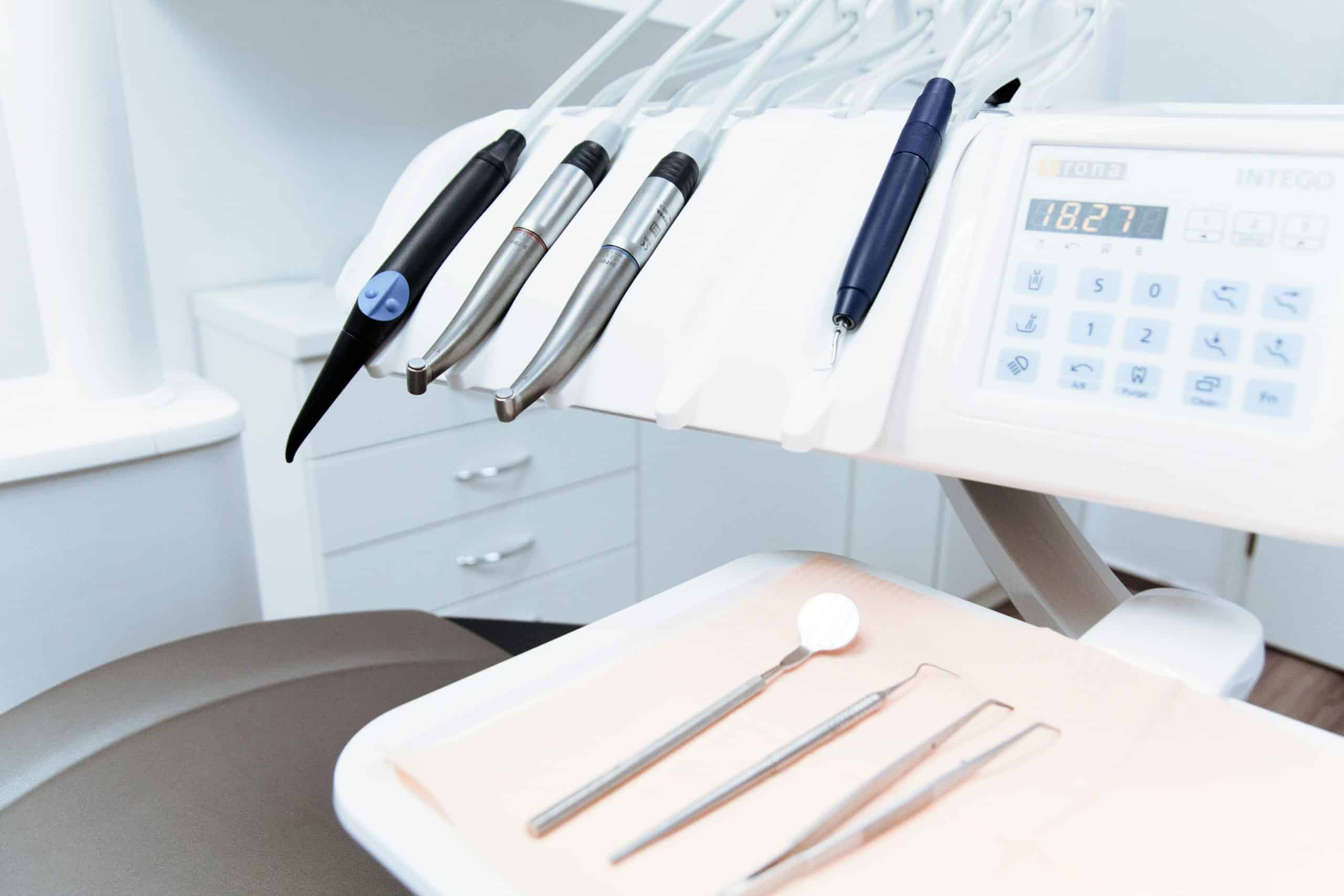The world of dentistry is not often associated with fun. For many patients, a trip to the dentist can spell anxiety, discomfort, and even outright pain. However, a revolution is poised to change this. Current studies suggest that immersive virtual reality could be the key to transforming the dental experience, reducing patient discomfort and anxiety. This article delves into this potential game changer, drawing insights from Google Scholar, Pubmed, and Crossref studies, and taking an in-depth look at patient analysis data.
1. The State of Dental Anxiety Among Patients
Dental anxiety is not a rare phenomenon. It affects a vast number of patients worldwide, both children and adults. This heightened level of fear can lead to postponed or completely avoided dental visits, ultimately causing degeneration of oral health and increasing complications.
Also read : What Are the Current Strategies for Managing Antibiotic Resistance in Hospital Settings?
According to a study indexed by PubMed, as much as 80% of US adults experience some degree of dental anxiety. This alarming statistic underlines a critical need for solutions that can help patients overcome their anxiety, making dental visits less daunting.
To further understand this, let’s delve into the underlying causes of dental anxiety.
This might interest you : What Are the Clinical Benefits of Yoga for Patients with Chronic Liver Diseases?
2. Understanding the Causes of Dental Anxiety
There are several factors that contribute to dental anxiety. A significant factor is the fear of pain, which may stem from previous traumatic dental experiences or from the stories shared by others. The sounds and vibrations from dental tools, the feeling of loss of control during procedures, and the impersonal interaction between dentist and patient can also contribute to this anxiety.
The severity of dental anxiety can be measured on a scale, ranging from mild unease to a severe dental phobia that can cause immense distress. A study published on Google Scholar indicates that the latter, though lesser in prevalence, can lead to serious oral health problems due to the avoidance of dental treatment.
With these causes in mind, it’s clear that dentists need to adopt innovative techniques to make dental treatment more patient-friendly.
3. A Dive into Virtual Reality
In recent years, virtual reality technology has emerged as a revolutionary tool in healthcare, providing a distraction and a form of escapism for patients undergoing uncomfortable procedures. From being used in children’s hospitals to help them cope with painful procedures, to assisting stroke survivors with rehabilitation, virtual reality is finding a place in many areas of healthcare.
Virtual reality works by immersing patients in a completely different world, thus shifting their focus away from the dental procedure. The patient wears a headset, through which they can experience this virtual reality.
The question is, can this technology make a significant difference in the dental field?
4. Virtual Reality in Dentistry: A Closer Look at the Studies
Several studies have explored the potential of virtual reality as a tool for reducing anxiety and pain among dental patients. A study indexed in Crossref involved patients undergoing dental treatment with the use of virtual reality glasses. The patients reported a significant reduction in their pain and anxiety levels.
A similar study on Google Scholar explored the impact of virtual reality on children during dental treatment. It was observed that the use of virtual reality could distract the children from the pain and discomfort of the procedure, thereby reducing their anxiety.
Despite these promising findings, it’s important to note that the use of virtual reality in dental treatment is still in its infancy. More extensive studies are needed to fully understand its potential and limitations.
5. The Patient Perspective: Analysis and Insights
Drawing from patient analysis data, it becomes clear that the usage of virtual reality in dental procedures has been largely positive. Patients who participated in these studies reported a significant decrease in anxiety during their treatment. They reported that the immersive nature of virtual reality provided a welcome distraction, making the procedure more bearable.
While these findings are encouraging, it’s essential to take them with a grain of salt. Some patients may not enjoy the virtual reality experience, or may even find it disorienting. It’s therefore important that each patient is given the option to choose whether to use virtual reality during their dental procedure.
In the world of dentistry, it’s clear that patient comfort and satisfaction are of utmost importance. The use of innovative tools like virtual reality could be instrumental in achieving these goals. However, like any other tool, its use should be carefully considered and tailored to the individual needs of each patient.
6. The Role of Virtual Reality in Pediatric Dentistry
A branch of dentistry that might particularly benefit from the use of virtual reality is pediatric dentistry. Treating children can prove challenging due to their fear of unfamiliar environments, unfamiliar people, and painful procedures. This fear is often heightened in a dental setting.
Drawing insights from a study indexed by PubMed, it was found that virtual reality can be an effective tool in managing anxiety and pain in children undergoing dental treatment. The study involved children wearing virtual reality glasses during their dental procedures. The immersive experience provided by the virtual reality distraction had a significant impact on reducing their anxiety levels.
A similar, comprehensive study published on Google Scholar also pointed to the positive effects of virtual reality for children in a dental setting. The study concluded that the use of virtual reality could improve the overall experience and perception of dental procedures among children.
These findings underscore the potential of virtual reality as an effective tool in pediatric dentistry. However, it’s crucial to remember that the introduction of virtual reality in pediatric dentistry should be done gradually and with proper guidance. Some children may find the virtual reality experience disorienting or overwhelming. Therefore, customizing the experience according to the child’s age, anxiety level, and preference can be key to successfully implementing this technology.
7. Systematic Review of Virtual Reality in Dentistry
A systematic review of the use of virtual reality in dentistry, drawing from Google Scholar, PubMed and Crossref studies, reveals promising trends and results. According to a meta-analysis, virtual reality has shown consistent success in reducing both anxiety and pain during dental procedures. This is not limited to one specific treatment but has been observed across a range of dental procedures.
However, it is also important to acknowledge the limitations and challenges that come with this technology. Some studies have pointed out that virtual reality distraction might not be as effective in individuals with severe dental anxiety. Also, the technology requires significant investment, which might pose an obstacle for smaller dental practices.
Moreover, a separate window of research is needed to understand the long-term effects of using virtual reality in a dental setting. For now, the positive impact on patient comfort and satisfaction during dental procedures is evident. Yet, the long-term effects on oral health and the potential for dependence on this technology for pain management still remain open questions.
Conclusion
In the light of the findings from various studies, it’s clear that immersive virtual reality holds great potential in reshaping the dental experience, making it less daunting and more comfortable. So far, the reported reductions in dental anxiety and pain, particularly in pediatric dentistry, are encouraging. However, like any emerging technology, it is crucial to balance the enthusiasm with careful implementation.
The use of virtual reality in dentistry should be guided by comprehensive research and tailored to the specific needs of each patient. Dental professionals should remain open to innovative solutions like this while also staying firmly grounded in the principles of good oral health care.
Through a combination of these cutting-edge technologies and traditional dental care, it’s hoped that the landscape of dentistry can be transformed for the better. Ultimately, the goal is to create a dental environment where patients of all ages can feel comfortable, reducing anxiety and promoting better oral health. In the end, the focus should always be on the patient, ensuring they receive the best possible care in the most comfortable way.











